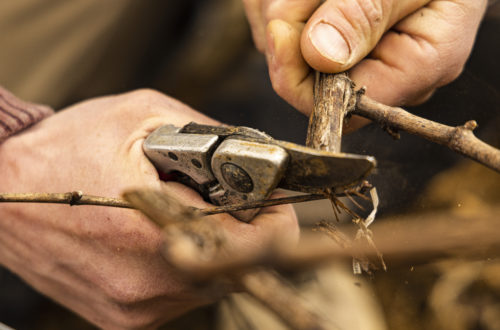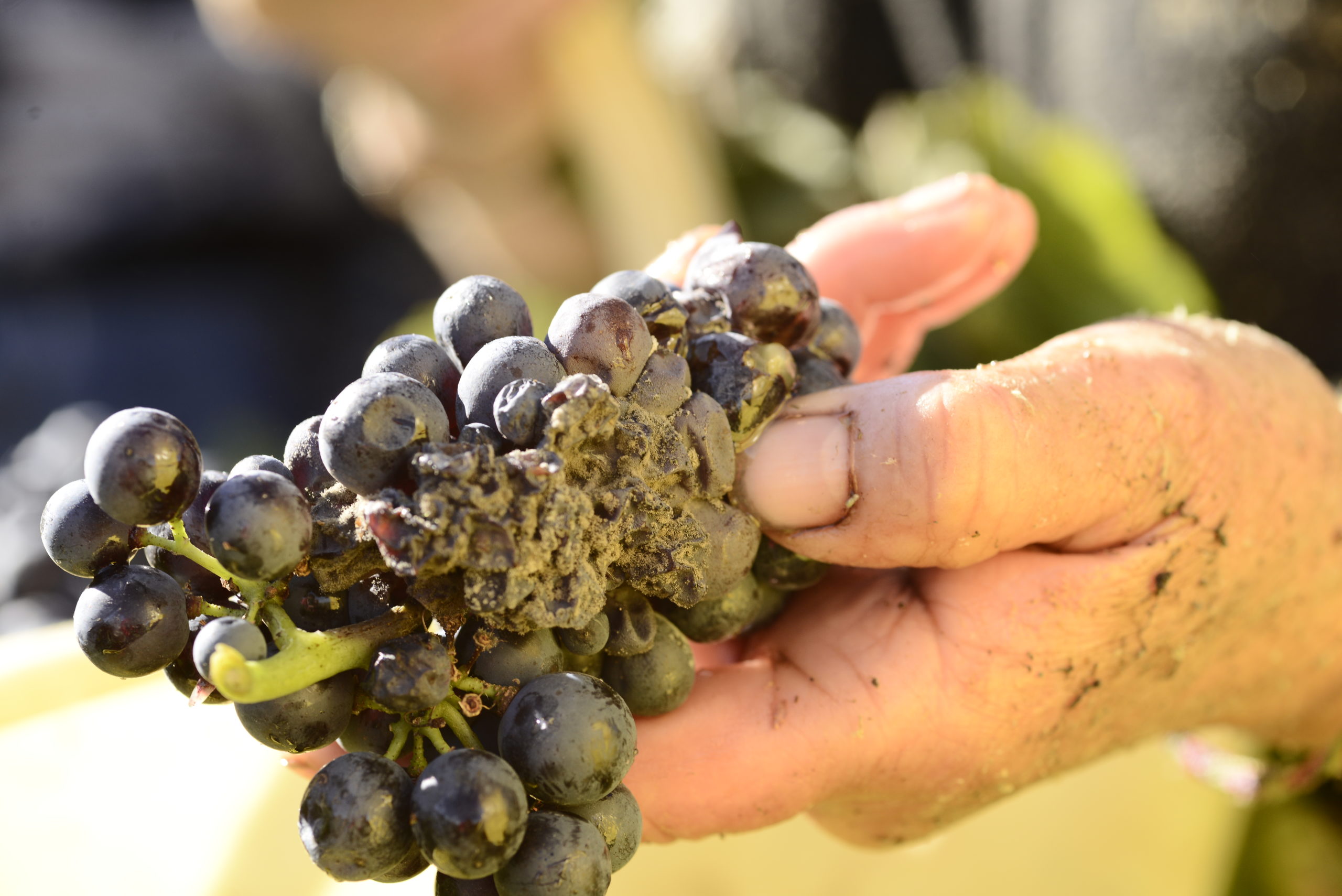
The art of bottling
What does “bottled at the property” mean?
This article looks at the definition “bottled at the property” or “estate bottled” and explains what it means. Wine labels contain a wealth of information, in a limited space and it is important for you to understand what it all means as a consumer. It’s interesting and useful to find out exactly what the terms mean and it can really help you make an informed decision when choosing wine, which will lead you to a greater appreciation.
Wine labels are strictly regulated and definitions on the labels must meet specific legal criteria. “Bottled at the property” or “Estate bottled” means that 100% of the grapes used to make the wine were owned or managed by the winery on the label, and were grown in vineyards in a designated viticultural area. The entire wine manufacturing process of grape crushing, fermentation, aging and bottling was done at the winery named on the label.
Does “bottled at the property” or “estate bottled” mean the wine is of good quality?
Yes, it’s quite unusual to see this definition on a wine label nowadays. It indicates that the wine producer who manages the entire process from grape to glass, is very committed to the art of wine making and will do his utmost to ensure that your wine is top notch.
As we become more conscious of where our food is grown and are increasingly interested in making responsible choices, sustainability and organic viticulture have become bigger priorities. Grande Chartre as you can discover here, are committed to biodynamic viticulture and wine production.
Quality and authenticity are highly prized values for consumers today so these distinctions on wine labels are important. It’s also interesting to know more about the origins of the wine and the region where it came from and can be a great conversation opener at a dinner party!
What does “bottled by” another winery mean?
This phrase simply means that the wine was produced at one winery and shipped to a different premises to be bottled. The wine producer on the front label has produced the wine but the bottles have been filled elsewhere. Transportation from the wine manufacturer to the bottling premises will have taken place.
What does “produced and bottled by” mean?
This definition guarantees that at least 75% of the wine has been made by the winery on the front label and bottled on the premises.
What’s the difference between “produced and bottled and “made and bottled”?
There’s a big difference between “produced and bottled” and “made and bottled” and it’s important to understand the difference so you can get the best value for your money when you choose wine.
“Made and bottled” means that at least 10% of the wine in the bottle is made by the winery on the front label. The rest of the wine may have been bought in bulk from another producer and blended or further processed at the winery, indicated on the label. Blended wines may have different characteristics from wines made at a single winery and require less aging. Blending is an art in itself and cuvées champagnes often embody exquisite blends.
What does “vinted” mean?
The term “vinted” can be a little confusing. Although the word “vint” literally means to produce or make wine, in this case it means that the winery on the label didn’t produce the wine in house. “Vinted by” means the same as “cellared by” – that less than 10% of the wine was produced by the winery. The winery possibly purchased bulk quantities of the wine from another manufacturer and processed it further by diluting it, adding sugar or blending it with another wine.
Why are there so many different wine making processes?
It’s an interesting question and some answers are suggested below:
- Winemaking is an intricate process and the costs of growing and harvesting grapes, manufacturing the wine, bottling it and transporting it are high.
- Carrying out the entire process on one premises or estate is not always feasible or practical. Equipment and facilities are costly so it makes sense for companies to work cooperatively and manage the different steps of the process within their expertise.
- Vineyards may sell their grapes to wineries. Some years wineries harvest excess grapes and sell them to other wine producers.
- Other years wineries have insufficient harvests and may need to purchase grapes from different vineyards.
- There are a lot of variables. Certain vineyards have a superior soil or enjoy a better climate and wineries prefer to purchase grapes from them rather than use their own to produce a higher quality wine.
- Newer wineries may still be building up their resources and facilities and it makes sense for them to engage a larger winery to bottle their wines.
It’s a good idea to understand the terms and definitions on a wine bottle label to gauge where your wine has come from and guide your choices. It’s also a fascinating process. Sampling different varieties of wine is a great way of discovering the best wines for you to enjoy on different occasions.
You now know what equipment is used during the manufacture and bottling of champagne wine. You liked this article and you want to learn more? Check out my other articles on how to preserve champagne, where to buy bottles, what to eat with champagne and is champagne good for your health?




